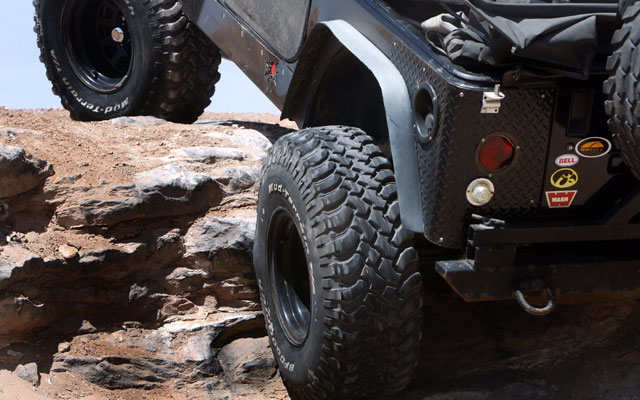Capitalism: Making Tires Safer and Most Things Better
Rich Tucker /
Humans have been using tires since the dawn of the automotive age. But today’s tires aren’t much like their predecessors. Instead of being made with natural rubber, for example, they’re fashioned from layers of materials, including textiles and steel.
This is a perfect example of what economist Joseph Schumpeter meant by “creative destruction.” Capitalism endlessly encourages people and companies to develop new and better products. Today’s tires are better and more fuel efficient than ever. And while that hurts the natural rubber industry, it means drivers are safer because of the innovations in tire making.
Plus, tires are still being improved.
“Pirelli, an Italian tire maker, is manufacturing fuel-saving tires that are greener still by extracting one of their ingredients from rice husks,” The Economist reports. And here’s where capitalism’s virtuous cycle really kicks in. First, the rice is husked for food. Next, the husks are burned to produce energy (which helps power the tire-manufacturing plant). Then Pirelli extracts tiny particles that remain in the ash and uses them to improve the effectiveness of its tires.
Thus, under a capitalist system, even destruction—burning the rice husks—can lead to creativity. Count on capitalists to turn today’s waste into tomorrow’s useful products.

